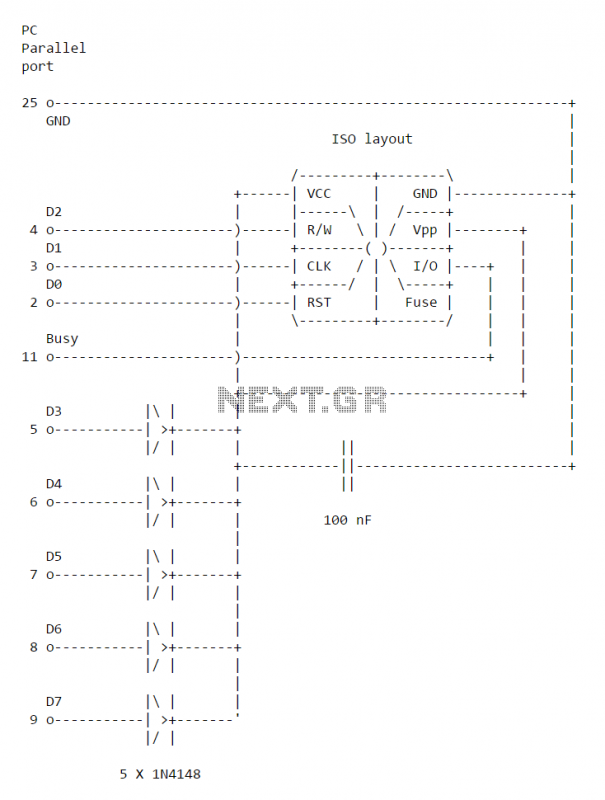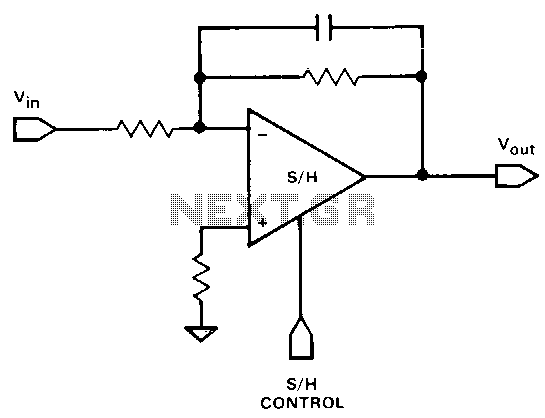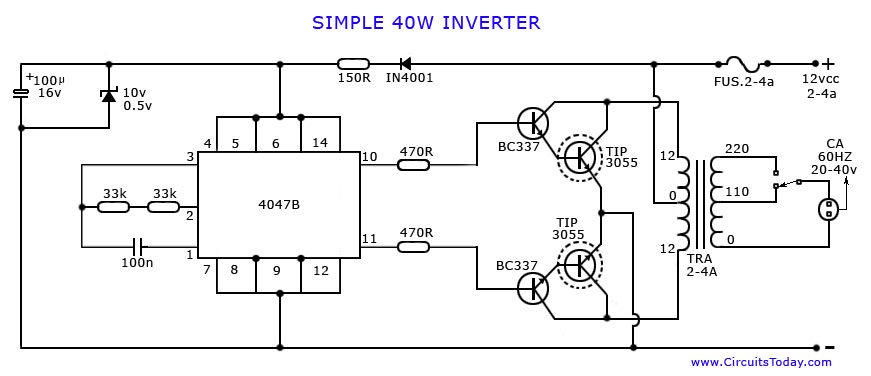
Simple breadboard project with my 6 year old

A six-year-old child and an adult viewed a project on YouTube and captured an image of it using the print screen function to create a similar design.
The project likely involves a basic electronic circuit that can be replicated easily, providing an excellent opportunity for educational engagement between the adult and child. Such projects often focus on fundamental concepts in electronics, such as circuit design, component identification, and functionality.
To build a simple circuit based on typical YouTube projects, the schematic might include a power source, such as a battery, connected to a switch, a resistor, and an LED. The power source provides the necessary voltage to the circuit. The switch allows for the control of the circuit, enabling the user to turn the LED on and off. The resistor is used to limit the current flowing through the LED, preventing damage and ensuring proper operation.
For example, a common circuit might consist of a 9V battery connected to a SPST (Single Pole Single Throw) switch, which is then connected to a 220-ohm resistor in series with an LED. The LED will light up when the switch is closed, indicating that the circuit is complete.
This type of project serves as an introduction to basic electronics, allowing participants to learn about circuit components, their functions, and the principles of electricity in a hands-on manner. It fosters creativity and problem-solving skills while providing a platform for parents and children to collaborate and learn together.Hi all, My 6 year old son and I saw this on youtube I then pressed `print screen` from the video to cobble together this: .. 🔗 External reference
The project likely involves a basic electronic circuit that can be replicated easily, providing an excellent opportunity for educational engagement between the adult and child. Such projects often focus on fundamental concepts in electronics, such as circuit design, component identification, and functionality.
To build a simple circuit based on typical YouTube projects, the schematic might include a power source, such as a battery, connected to a switch, a resistor, and an LED. The power source provides the necessary voltage to the circuit. The switch allows for the control of the circuit, enabling the user to turn the LED on and off. The resistor is used to limit the current flowing through the LED, preventing damage and ensuring proper operation.
For example, a common circuit might consist of a 9V battery connected to a SPST (Single Pole Single Throw) switch, which is then connected to a 220-ohm resistor in series with an LED. The LED will light up when the switch is closed, indicating that the circuit is complete.
This type of project serves as an introduction to basic electronics, allowing participants to learn about circuit components, their functions, and the principles of electricity in a hands-on manner. It fosters creativity and problem-solving skills while providing a platform for parents and children to collaborate and learn together.Hi all, My 6 year old son and I saw this on youtube I then pressed `print screen` from the video to cobble together this: .. 🔗 External reference





